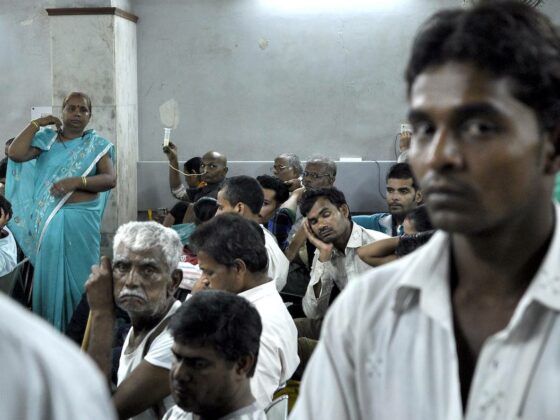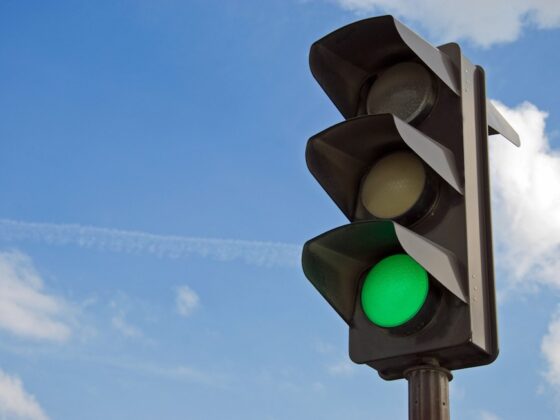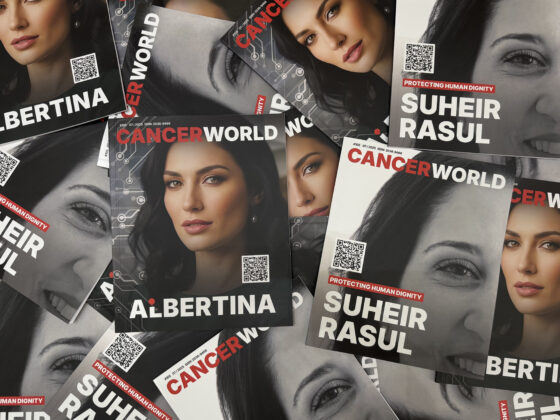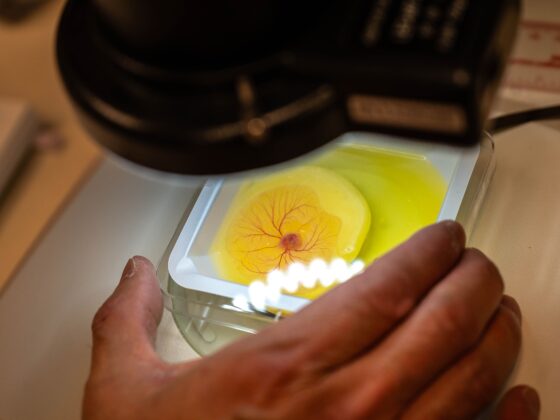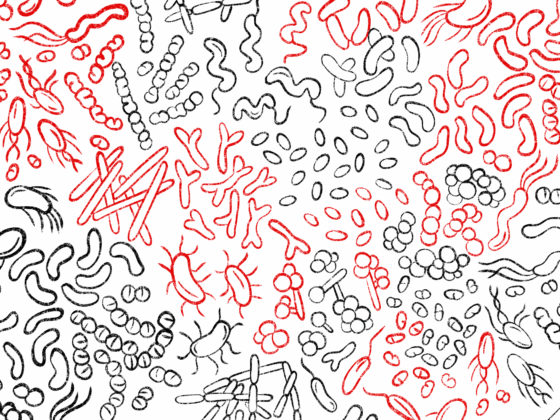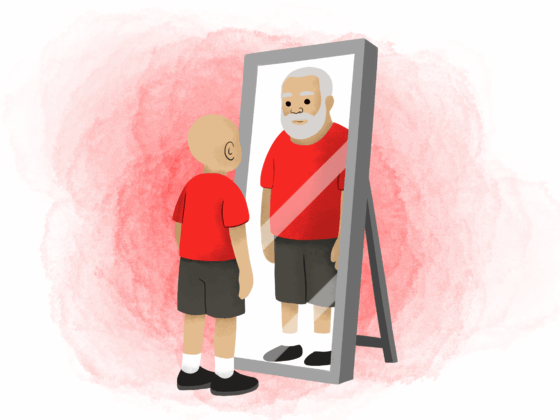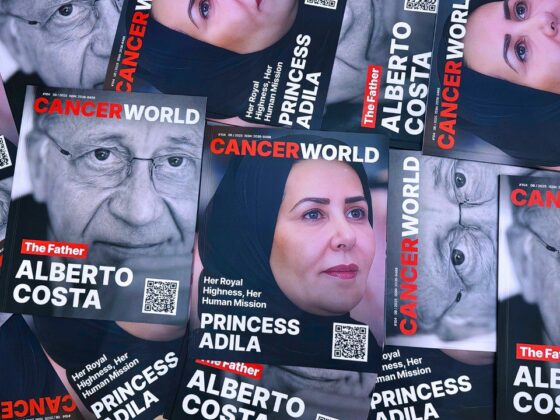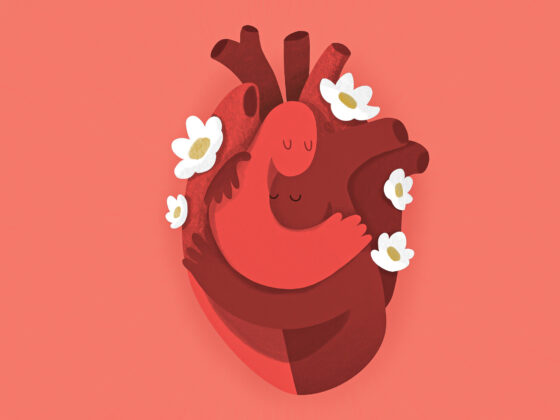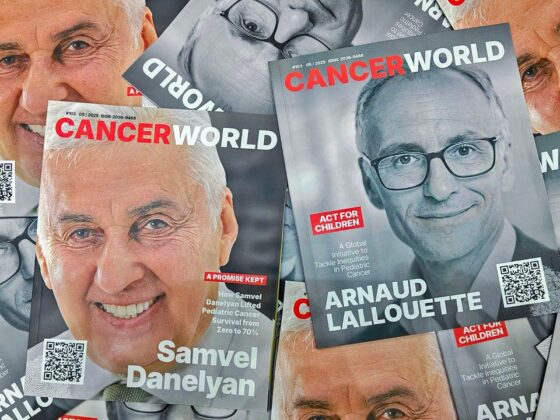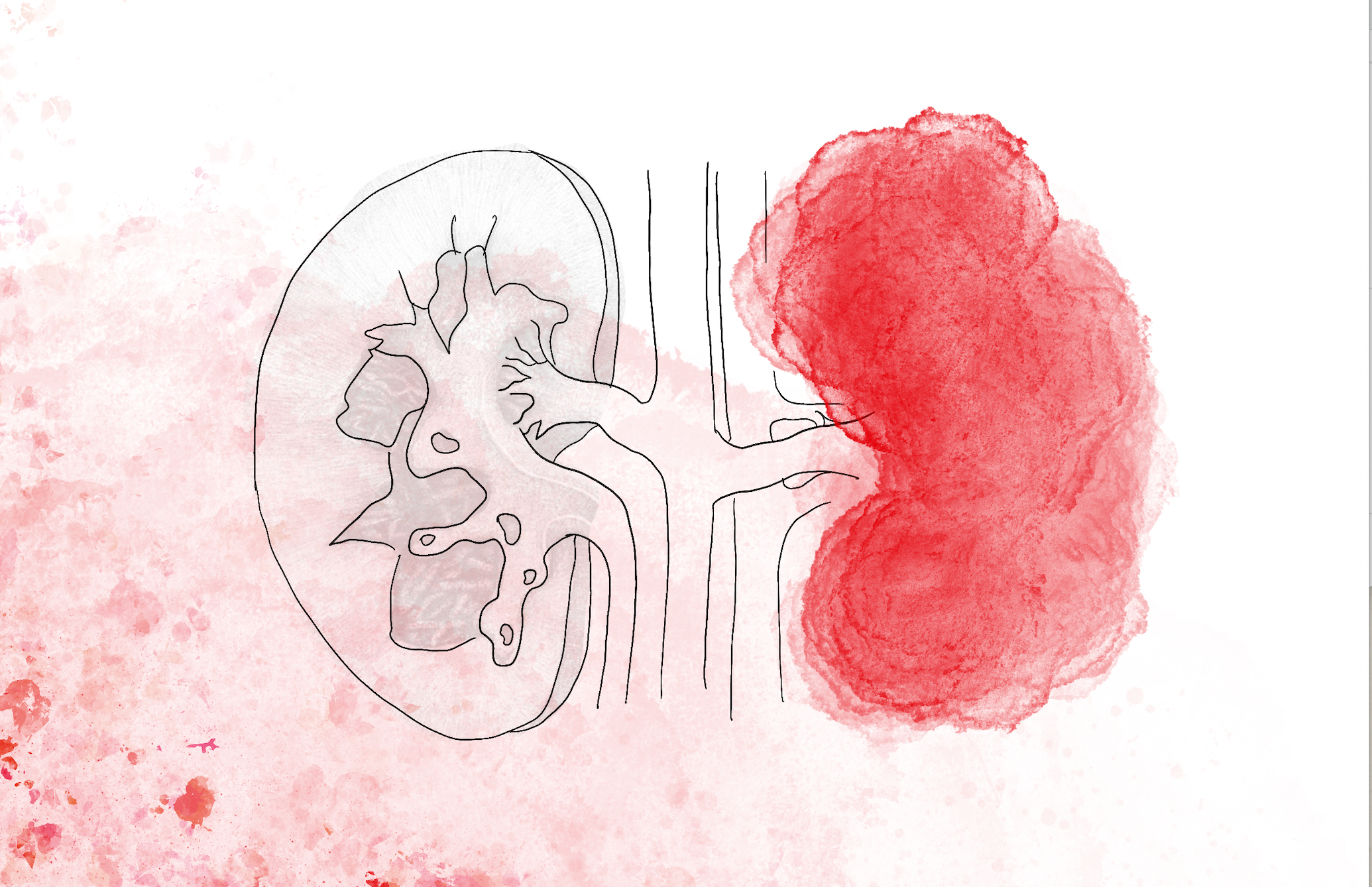People surviving childhood cancers have a higher risk of other morbidities as they grow older. The study, published online The Lancet Regional Health-Europe (14 November), found that a greater burden of disease was experienced by patients receiving combined treatment with chemotherapy and radiotherapy as well as those from the most deprived areas.
“We believe that our study represents the most comprehensive, population-based assessment of long-term late effects in children, teenagers and young adults who survived cancer,” write the authors.
Around 85% of children, teenagers and young adults diagnosed with cancer survive, but survivors are at significant risk of late effects from both their cancer and its treatment. Many survivors have reported information provided on late effects to be suboptimal in comparison with the extensive information they received about their cancer diagnosis. Given that many continue to live for decades, there is an urgent need to systematically appraise the previously unappreciated consequences of surviving cancer.
The study by Alvina Lai, from the Institute of Health Informatics, University College London, and colleagues, set out to systematically capture the burden of late effects for survivors of childhood cancers across all cancer subtypes, treatment modalities and chemotherapy drug classes. The investigators compared anonymised health records for 3,466 people diagnosed with cancer in England between 1998 and 2020 who were aged ≤25 years, and who survived ≥ five years, with a control group of 13,517 people who had not experienced cancer in early life. Community control participants were matched by year of birth, sex, socioeconomic deprivation and their primary care practice.
The investigators used electronic health records from primary and secondary care, and cancer and death registries, and disease codes to determine cumulative burden estimates for 183 physical and mental health conditions. The study also considered nine cancer treatment variables: all chemotherapy, all radiotherapy, all surgery, chemotherapy only and nothing else, radiotherapy only, surgery only, chemotherapy and radiotherapy, chemotherapy and surgery and radiotherapy and surgery. The team performed logistic regression to determine associations between treatment exposures and diagnosis of different health conditions.
The results showed:
- Of 4,063 patients ≤ 25 years diagnosed with cancer, 3,466 (85%) survived ≥ five years.
- When considering all conditions, the cumulative burden of late effects aged 35 was highest in survivors of leukaemia (23.52 events occurring per 100 individuals), and lowest in survivors of germ cell tumours (6.04 events occurring per 100 individuals).
- When survivors reach the age of 45, the cumulative burden for immunological conditions was highest followed by cardiovascular disease.
- Survivors who received chemotherapy and radiotherapy had the highest disease burden, followed by those receiving radiotherapy and surgery. Disease burden was lowest for those undergoing surgery alone. At age 45, survivors who underwent chemotherapy had a cumulative burden of immunologic conditions and infection of 12.06 vs 2.12 for those receiving surgery. The figures for CVD were 7.52 vs 0.93, for endocrine conditions 5.18 vs 2.11, and for renal conditions 2.35 vs 0.43.
- The excess years of life lost (calculated as the average number of years survivors with late effects lost compared to survivors of the same age without late effects) was 19.93 years for haematological conditions, 12.5 years for renal conditions, 11.67 years for neoplasm, 10.98 years for neurological conditions, 10.13 years for CVD conditions, and 8.07 years for pulmonary conditions.
- Cumulative burden analysis of 183 conditions separately revealed varying dominance of different late effects across socioeconomic deprivation. For example, at age 35 years the cumulative burden for CVD conditions was almost four times higher in the most deprived survivors compared to the least deprived.
- When cumulative burden by chemotherapy drug classes was explored investigators found survivors treated with antimetabolites had the highest disease burden followed by platinum agents and plant alkaloids (excluding vinca alkaloids).
The results, write the authors, can be used to inform discussions with patients and their parents regarding therapy choices at the time of cancer diagnosis, allowing them to ‘weigh’ benefits of a particular therapy against possible late effects.
“By estimating disease-specific burden involving a wide range of conditions, we provide an extensive resource that may help in the design and implementation of future interventional trials focusing on maximising patient safety while ensuring antineoplastic efficacy,” write the authors.
Additionally, they add, the results may contribute to the development of follow-up guidelines for screening of asymptomatic survivors based on cancer therapeutic exposures to enable earlier identification and intervention for late effects. The fact that individuals living in the most deprived areas had the highest burden of late health effects highlights the need for targeted policies aimed at promoting awareness to high-risk individuals.
Although the study was based on health care utilisation in England, findings can be considered equally relevant to other developed countries with similar demographics, the authors add.



